Response-adapted therapy plan shows promise

There is no established best treatment for multiple myeloma. Cleveland Clinic researcher Frederic J. Reu, MD, and his Taussig Cancer Institute colleagues set out to address this problem by designing an upfront multiple myeloma care path pilot using response-adapted therapy.
Advertisement
Cleveland Clinic is a non-profit academic medical center. Advertising on our site helps support our mission. We do not endorse non-Cleveland Clinic products or services. Policy
“While it is clear that novel drugs like bortezomib (Velcade®) or lenalidomide (Revlimid®) should be included in the initial therapy for multiple myeloma, so far no studies with sufficient follow-up exist that tell us whether myeloma patients live longer if they receive them within a two-, three-, or four-drug combination regimen,” says Dr. Reu. The choice of therapy is influenced greatly by the treatment center and physician preference, he explains.
The combinations VRD (bortezomib, lenalidomide and dexamethasone) and Rd (lenalidomide and dexamethasone) represent standard regimens for upfront treatment of multiple myeloma (MM). “VRD is the preferred regimen of many treatment centers because it results in a high response rate relatively quickly, but there’s no evidence indicating it actually helps patients live longer,” says Dr. Reu.
Additionally, no test can determine the precise number of drugs that an individual patient requires to prevent harm from insufficient or excessive therapy.
The Cleveland Clinic investigators designed a unique care path that starts patients on just two drugs, then adapts therapy early on, per individual patient response, to achieve uniform MM control.
Newly diagnosed MM patients with measurable disease who weren’t eligible for, or who decided against, participation in a clinical trial, were started on a two-drug regimen consisting of lenalidomide (R) and weekly treatments of dexamethasone(d). Patients with suspected myeloma-related kidney damage and patients who had no insurance coverage for lenalidomide received bortezomib (V) and dexamethasone (D).
Advertisement
The researchers made response assessments in accordance with IMWG 2011 criteria after each treatment cycle. “We treated with as few, or as many, drugs as necessary to avoid complications related to myeloma,” explains Dr. Reu.
For patients who did not show at least a minor response after the first cycle, or a partial response after the second cycle of the initial therapeutic combination, the investigators then increased therapy intensity with sequential addition of agents R or V, cyclophosphamide, and then liposomal doxorubicin.
Once patients achieved partial response, they were evaluated for the next phase of treatment – high-dose melphalan and autologous stem cell transplantation, or consolidation with their induction regimen. In either case, patients also received lenalidomide maintenance therapy. The care path design includes supportive care recommendations for the use of bisphosphonates, shingles prophylaxis and thromboembolism prophylaxis.
Twenty-four patients received treatment based on this care path from October 2012 to March 2014. Those treated by the two physicians who piloted the care path were identified through the Cleveland Clinic multiple myeloma registry, and investigators reviewed their electronic medical records.
Dr. Reu presented results from the study at ASH 2014.
Salmon Durie disease stage was IIIA in 17 patients; IIIB in four patients; and IIA in three patients. Of 18 patients with informative Myeloma Prognostic Risk SignatureTM and/or cytogenetic analysis, three were high-risk. Of 24 patients treated so far, 15 required two drugs, six required three drugs, and three patients needed four drugs for disease control on the care path.
Advertisement
Fourteen patients (58 percent) showed very good partial response, seven (29 percent)achieved partial response, two (8 percent)had minor response, and one patient (4 percent) continued with stable disease. After follow-up – median 10.7 months – only one patient experienced disease progression after achieving an initial partial response, and no patients died.
“While cost savings were not considered as a factor in this study, we did see a savings on drugs in this group of approximately $4,000 per 4-week therapy cycle per patient, as well as much lower instances of neuropathy, a common side effect of VRD, ” Dr. Reu says.
Ultimately, the study showed that starting myeloma induction with Rd or VD, and using additional agents only in patients without an early response, achieved uniform disease control. This approach required two drugs in about 60 percent of patients, three drugs in 30 percent, and four drugs in about 10 percent of patients.
Compared to administering VRD for all patients, this response-adapted regimen reduces neuropathy risk and cost. “Longer follow-up and additional studies are needed to determine if this approach may lead to longer patient survival,” says Dr. Reu.
Advertisement
Advertisement

Global R&D efforts expanding first-line and relapse therapy options for patients

A case study on the value of access to novel therapies through clinical trials

Multiple Cleveland Clinic sites to participate in National Cancer Institute trial comparing treatment regimens for newly diagnosed patients
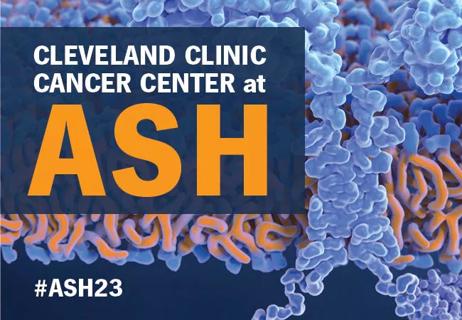
Cleveland Clinic oncologists’ selected abstracts
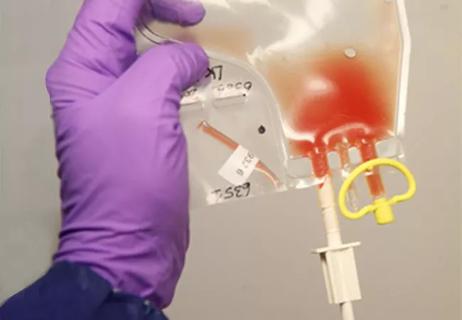
On-demand stem cell mobilizer is an effective salvage strategy
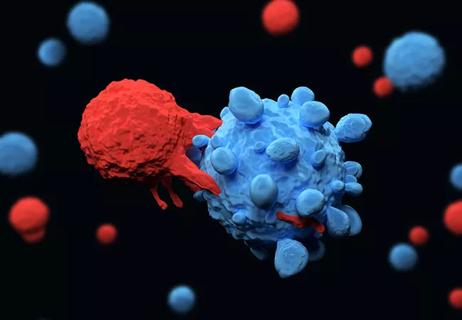
Dispelling myths and sharing practical experiences
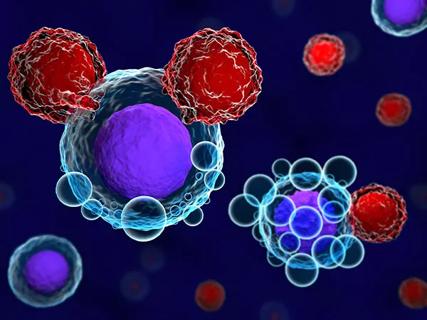
Research indicates strong rationale for expanding trial eligibility criteria
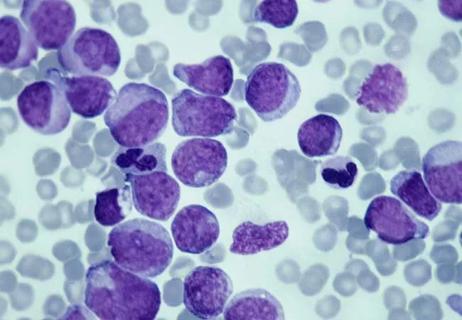
Retrospective study yields clues to understanding risk of secondary myeloid neoplasms